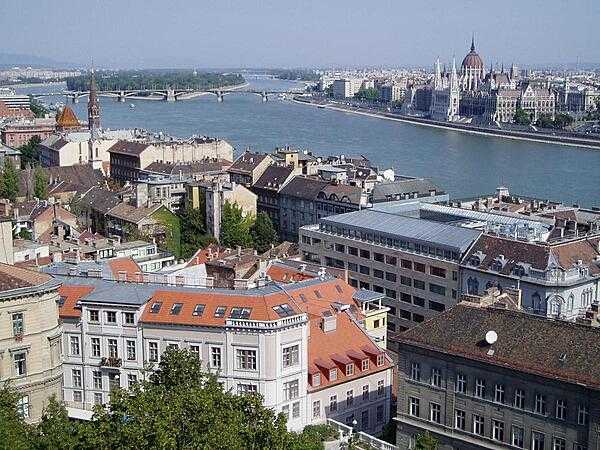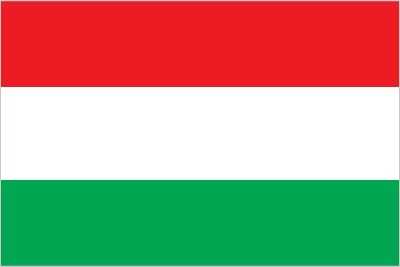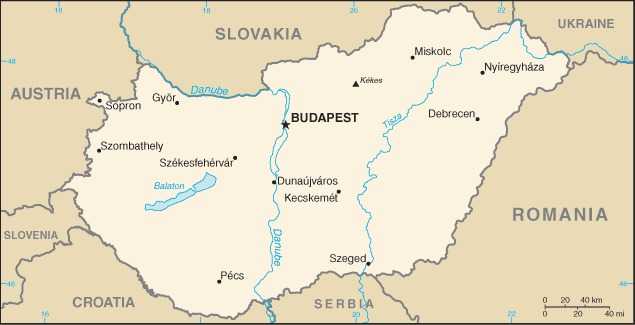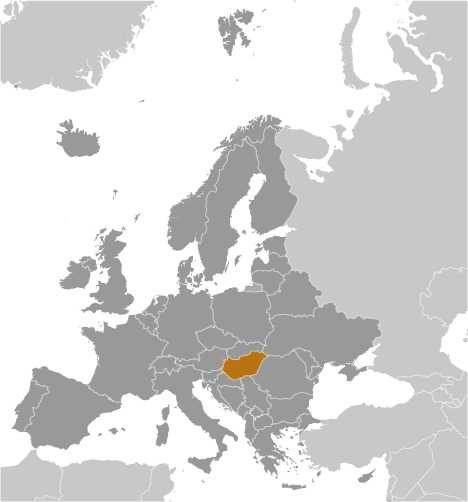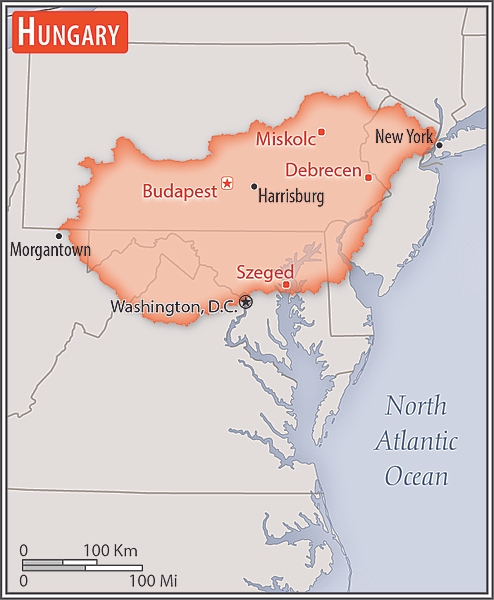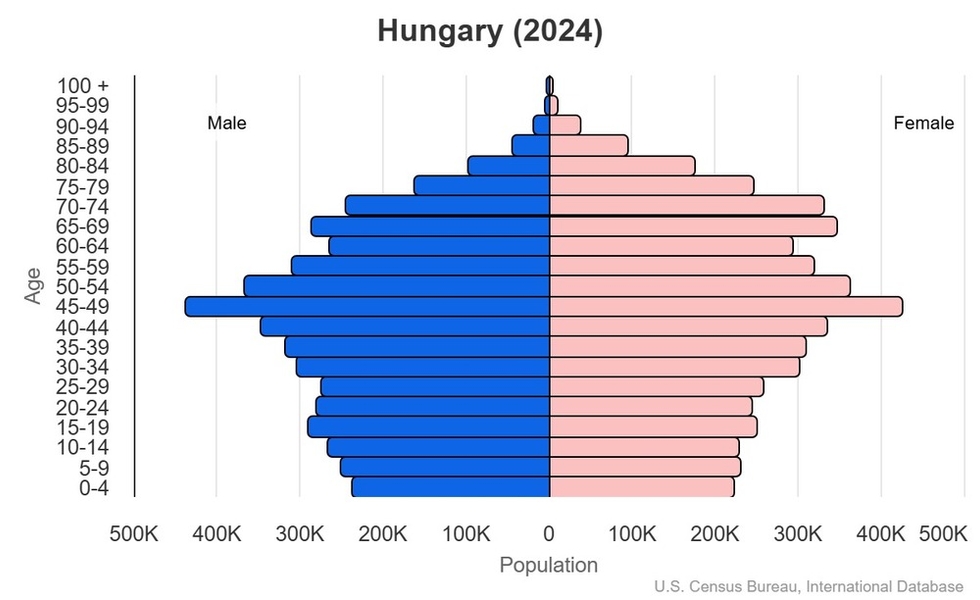Introduction
Visit the Definitions and Notes page to view a description of each topic.
Geography
People and Society
Population
comparison rankings: total 95; male 95; female 94
Languages
Median age
comparison ranking: total 27
Population growth rate
comparison ranking: 212
Birth rate
comparison ranking: 198
Death rate
comparison ranking: 6
Net migration rate
comparison ranking: 44
Maternal mortality ratio
comparison ranking: 146
Infant mortality rate
comparison ranking: total 180
Life expectancy at birth
comparison ranking: total population 119
Total fertility rate
comparison ranking: 186
Obesity - adult prevalence rate
comparison ranking: 42
Alcohol consumption per capita
comparison ranking: total 16
Tobacco use
comparison ranking: total 28
Education expenditure
comparison ranking: Education expenditure (% GDP) 119
Environment
Carbon dioxide emissions
comparison ranking: total emissions 62
Government
Economy
Real GDP (purchasing power parity)
comparison ranking: 55
Real GDP growth rate
comparison ranking: 188
Real GDP per capita
comparison ranking: 56
Inflation rate (consumer prices)
comparison ranking: 118
GDP - composition, by sector of origin
comparison rankings: agriculture 145; industry 101; services 92
Industrial production growth rate
comparison ranking: 165
Labor force
comparison ranking: 87
Unemployment rate
comparison ranking: 74
Youth unemployment rate (ages 15-24)
comparison ranking: total 86
Gini Index coefficient - distribution of family income
comparison ranking: 117
Public debt
comparison ranking: 48
Taxes and other revenues
comparison ranking: 27
Current account balance
comparison ranking: 36
Reserves of foreign exchange and gold
comparison ranking: 43
Energy
Electricity
comparison rankings: installed generating capacity 55; consumption 57; exports 27; imports 11; transmission/distribution losses 133
Energy consumption per capita
comparison ranking: 54
Communications
Telephones - fixed lines
comparison ranking: total subscriptions 40
Telephones - mobile cellular
comparison ranking: total subscriptions 94
Broadband - fixed subscriptions
comparison ranking: total 45
Transportation
Merchant marine
comparison ranking: total 187
